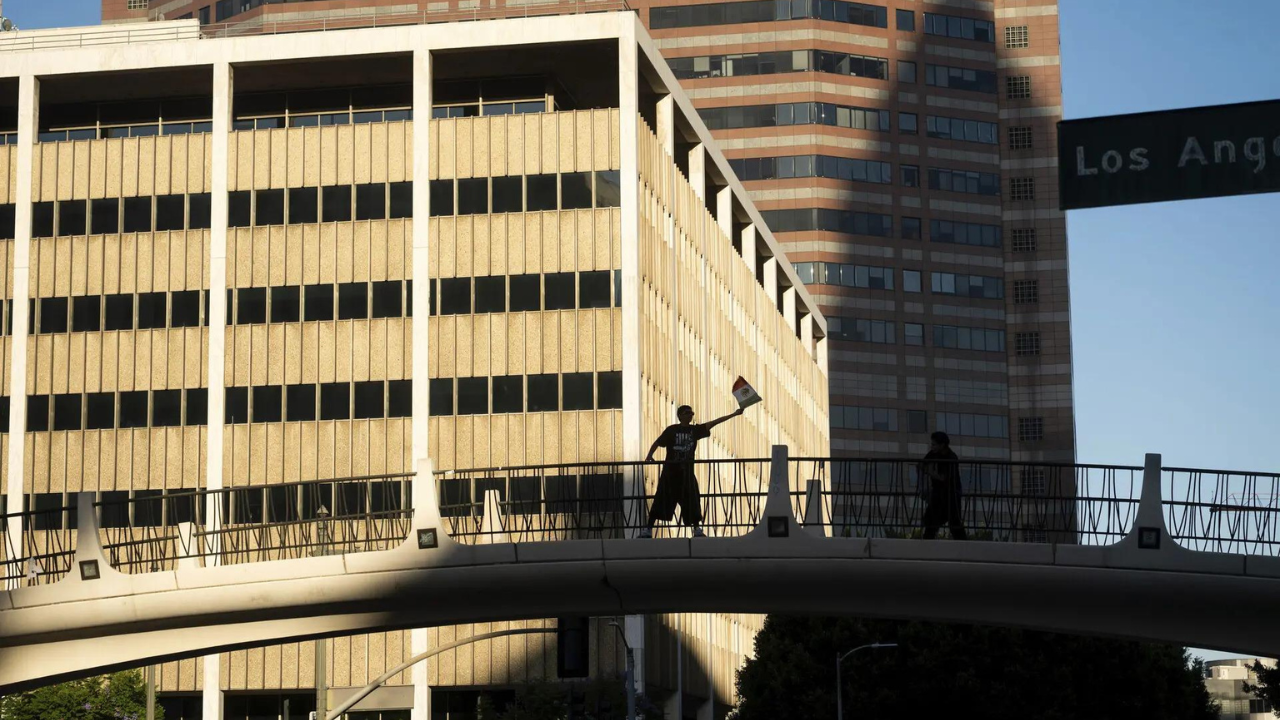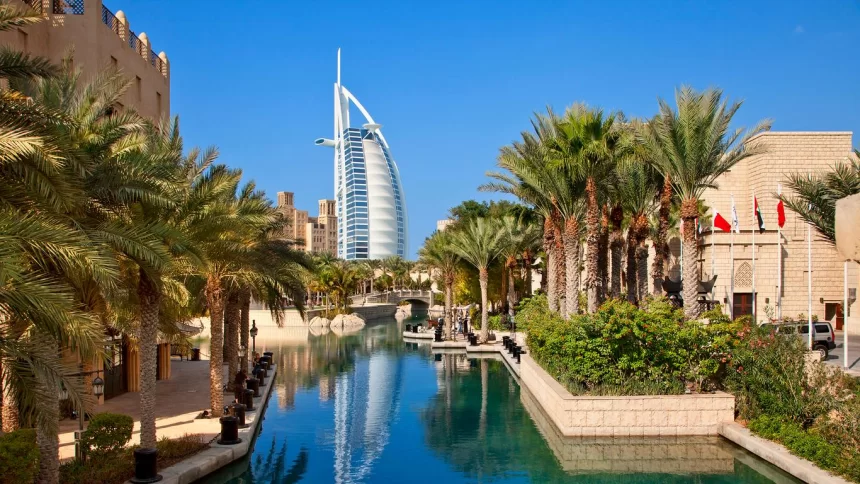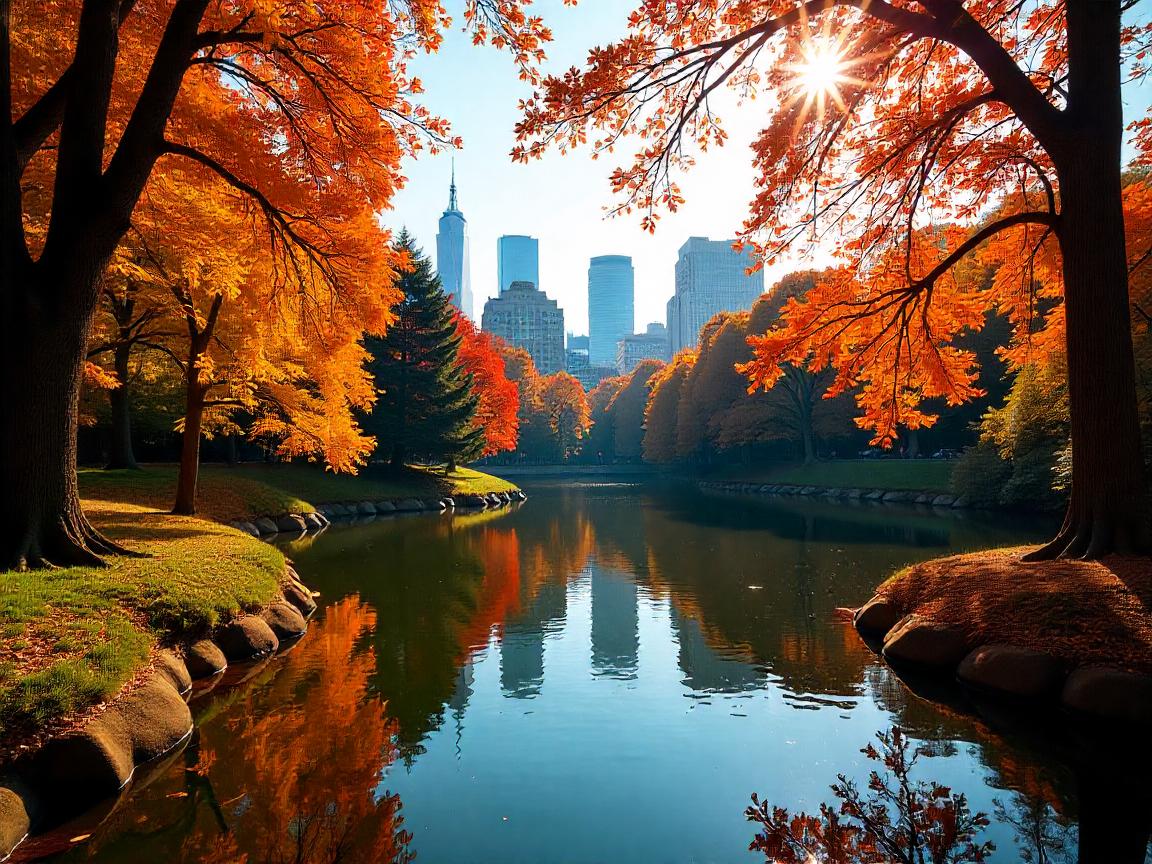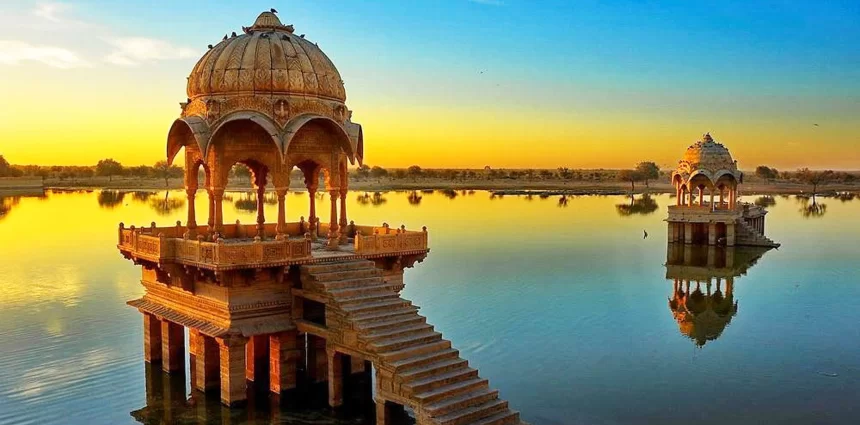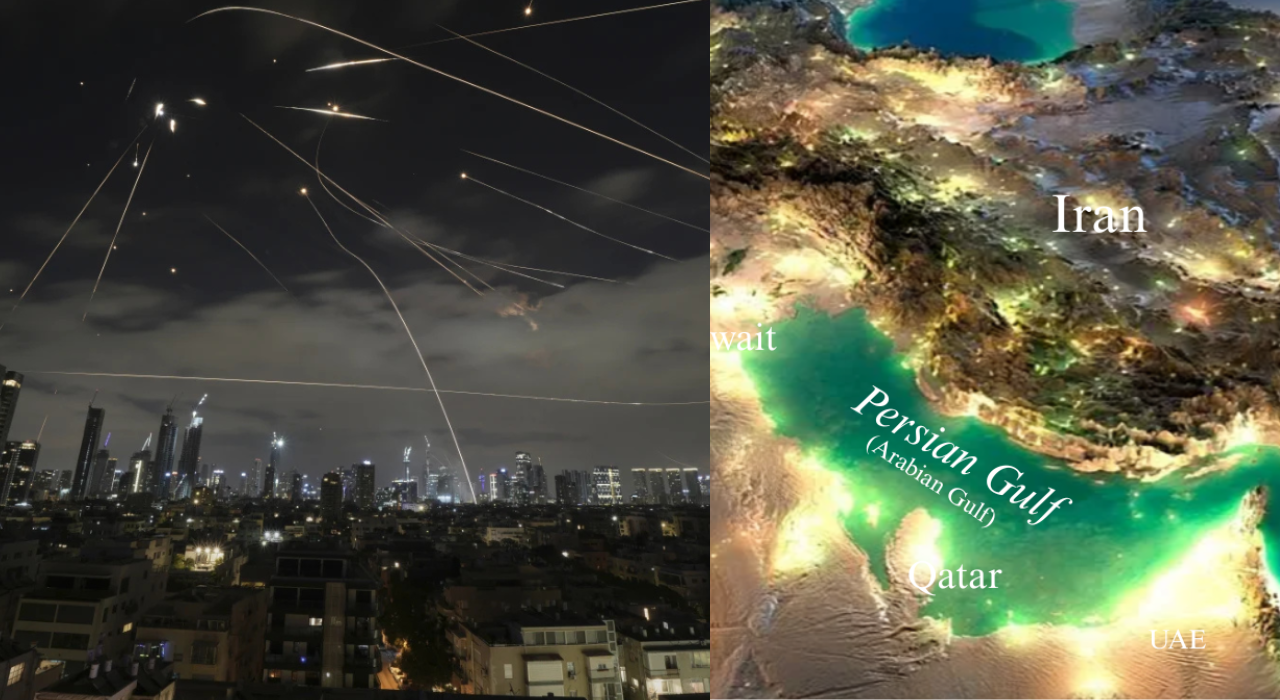How the ghats of Banaras became a defining image of the ancient city
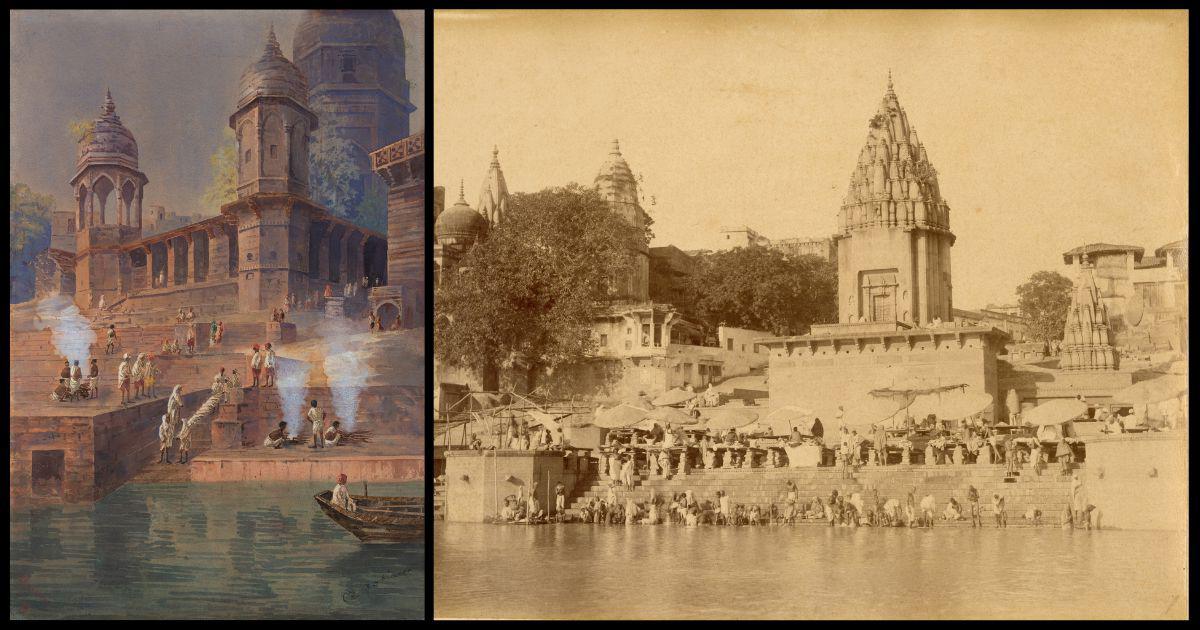
Join our WhatsApp Community to receive travel deals, free stays, and special offers!
- Join Now -
Join our WhatsApp Community to receive travel deals, free stays, and special offers!
- Join Now -

Between the eighteenth and the nineteenth centuries not only was the idea of Banaras as a continuous, holy city consolidated, but its representation in art also gained a particular perspective. The view from the riverfront became the overriding impression of the city, fixing it in a shimmering impression of the exotic, which was yet distant enough to create a vast panoramic view. “Even in the late eighteenth century when William Hodges and William Daniell sketched the riverfront of Banaras, it was a long spectacular bluff crowned with trees and a few prominent temples.”
Perhaps a comparable view in photography would be Panorama of Bombay (1870) by Samuel Bourne, which captures a sweeping view of the oceanfront.
“Since early on in the Western encounter with India, European travellers have been particularly impressed by the city of Benaras. The unique riverfront from a boat or the opposite bank has been a favourite vista. Considering that many travellers came up from Calcutta by ship and thus encountered the city in this manner, this is perhaps not surprising . . . the frontal view of these vedutas was a peculiar Western form of representation. Soon this perspective and the accompanying techniques were adopted locally and incorporated into the traditional...
What's Your Reaction?
 Like
0
Like
0
 Dislike
0
Dislike
0
 Love
0
Love
0
 Funny
0
Funny
0
 Angry
0
Angry
0
 Sad
0
Sad
0
 Wow
0
Wow
0








